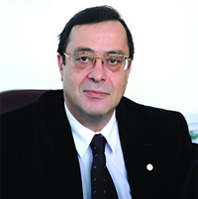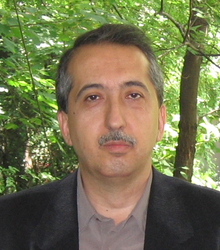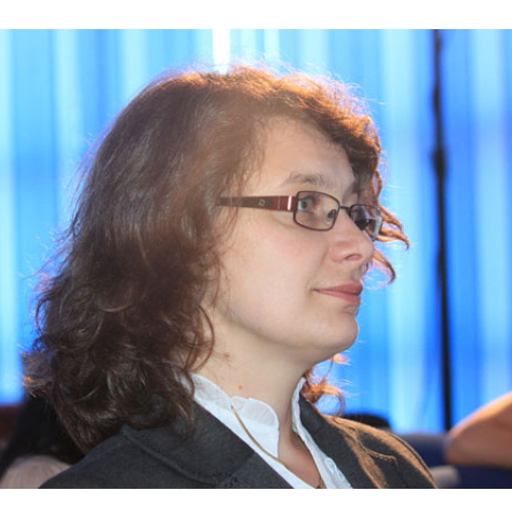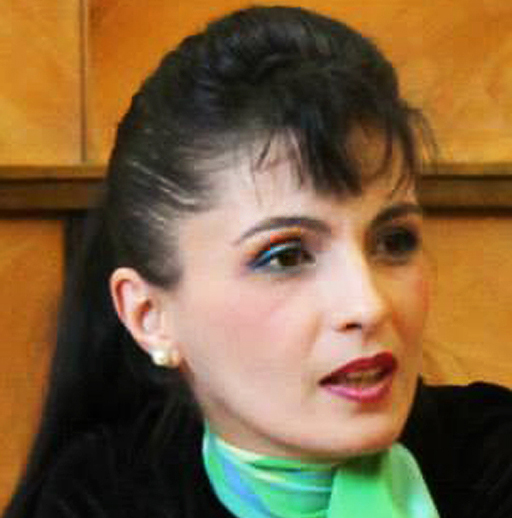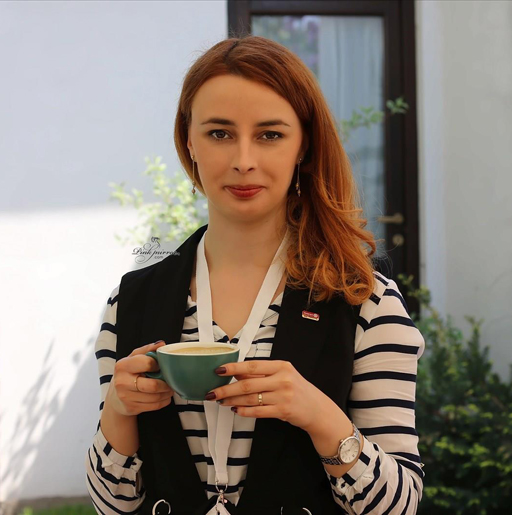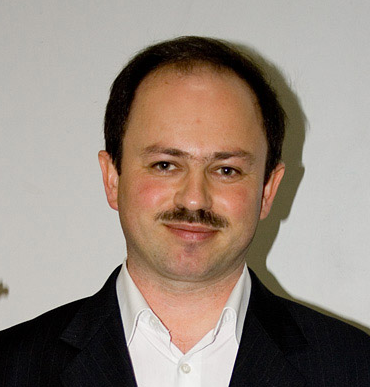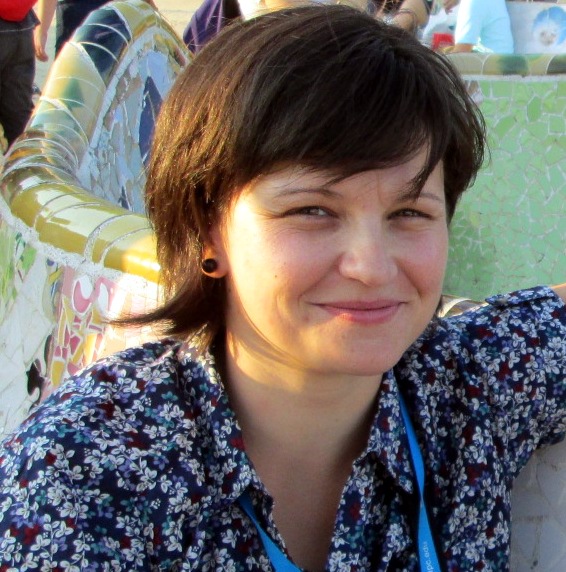Reports and publications
-

Technical-Scientific Report for ReTeRom
Phase I (2018). -

TADARAVStudy of well-known methods on the use of complementary ASR systems for the automatic generation of annotations
-

TADARAVStudy of well-known methods for alignment of approximate transcripts with speech signal.
-

TADARAV Study of well-known methods for generating confidence scores for Automatic Speech Recognition (ASR).
-

SINTEROIdentifying prosody patterns; highlighting correlations between text (morphology, syntax) and vocal signal.
-

SINTEROIdentifying methods for automatic recognision and classification of the expression style in textual data sourcesaudio.
-

SINTEROAnalysis of the methods for automatic control and adaptation of the speakers' expressivity in the text-to-speech synthesis systems.
-

SINTEROImplementation of the automatic prosody control module.
-

COBILIRO: State-of-the-art study on bimodal corpus design.
-

COBILIRO: Inventory of Romanian language data collections available at partners or in third parties coalitions and of their storage formats.
-

COBILIRO: Functional and architectural design of the infrastructure that will host the consortium's resources and tools for processing and access and the realization of a prototype.
-

DISSEMINATION Dissemination and participation in technical-scientific events, including in the media.
-

TEPROLIN: Defining the functional and architectural specifications of the integrated and configurable text processing platform.
-

TEPROLIN: Defining the software modules and services offered by the project; identifying necessary adaptations for existing NLP modules and new modules needed.
-

TEPROLIN: Making the necessary adaptations for the existing NLP modules identified in Activities 1.5 and 1.6
-

-

ICIA: Web page launch.
-

COBILIRO: Creating the common infrastructure for storing bimodal resources and for processing and searching tools.
-

COBILIRO: Designing solutions for the harmonization of different representations of existing collections (annotations and metadata).
-

COBILIRO: Creating format convertors for the harmonization of different representations to a standard representation agreed upon within the consortium.
-

COBILIRO: Harmonization of existing collections.
-

COBILIRO: Dissemination.
-

TEPROLIN: Implementation of new modules conforming to the defined functional specifications.
-

-

TEPROLIN: Implementation of the prototype for the integrated and configurable platform; testing, evaluating and validating the prototype..
-

TADARAV: Act 2.11 - Designing and implementing a basic solution for filtering and aligning the approximate transcriptions with speech signal. Act 2.12 - Designing and implementing a basic solution for the generating ASR confidence score Act 2.13 - Enhancing automatic speech recognition solution using complementary ASR systems Act 2.14 - Dissemination
-

TEPROLIN: Processing the textual component of the bimodal corpus collected in project 1. Validation and correction of processing errors.
-

SINTERO: Implementing a module for identification of the speech style and expressivity level from text analysis.
-

SINTERO: Implementing a module for the adaptation of the TTS system to a new speaker.
-

SINTERO: Implementing a module for transplantation of a speaker’s prosody in the TTS system.
-

SINTERO: Improving the prosody modelling and control component; software testing and validation/demonstration activities..
-

SINTERO: Dissemination.
-

Technical-Scientific Report for ReTeRom Phase II (2019).
-

TEPROLIN: Disseminations.
-

Events organized in the
ReTeRom project -

TEPROLIN: Disseminations.
-

Events organized in the
ReTeRom project -

TEPROLIN: Romanian Portal of Language Technologies.
-

Scientific and technical report(2018 - september 2020)
-

COBILIRO: Increasing the size of the oral corpus with new recordings that duplicate texts from the CoRoLa corpus
-

COBILIRO: Increasing the size of the bimodal corpus: metadata filling-in, alignment with the help of the algorithms developed in projects P2, P3 and P4 and manual and semiautomatic annotations of the bimodal corpus
-

COBILIRO: Extracting statistics on the bimodal corpus
-

COBILIRO: Designing applications for exploiting the bimodal corpus and the technologies for written and oral texts processing, created in projects P2, P3 and P4
-

COBILIRO: Management and dissemination
-

TEPROLIN: Analysis of the errors of the ASR and TTS systems trained in projects 3 and 4 on the annotated and corrected bimodal corpus aggregated in project 1
-

TEPROLIN: Finalizing the development, testing and validation of the integrated and configurable platform for processing texts in Romanian; ready-to-use solution
-

TEPROLIN: Dissemination
-

TADARAV: Analysis of the impact of using complementary ASRs for generating annotations within the context of improving ASR systems
-

TADARAV: Analysis of the impact of using approximate transcriptions for retraining ASR systems
-

TADARAV: Analysis of the impact of using confidence scores for filtering ASR transcriptions for retraining ASR systems
-

TADARAV: Dissemination
-

SINTERO: Developing a new technology for adapting the synthetic voice to the style and expressivity of a new speaker
-

SINTERO: Developing a new method for quick adaptation of the synthetic voice using atypical audio data
-

SINTERO: Integrating a new technology and demonstrating it in the creation of human-computer interfaces for speech synthesis.
-

SINTERO: Dissemination
-

Scientific and technical report phase III
Resources and technologies for the development of human-computer interfaces in the Romanian language. -

Final phase Workshop
-

COBILIRO: Other applications for the exploitation of the bimodal corpus and of the speech and text processing technologies developed in ReTeRom
-

COBILIRO: Dissemination of the bimodal corpus
-

TEPROLIN: Testing the dockerised TEPROLIN platform on new corpora
-

TEPROLIN: Dissemination of the dockerised TEPROLIN platform
-

SINTERO: Final evaluation and distribution of Project 4 technologies
-

SINTERO: Dissemination
